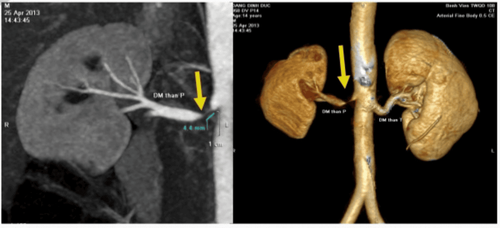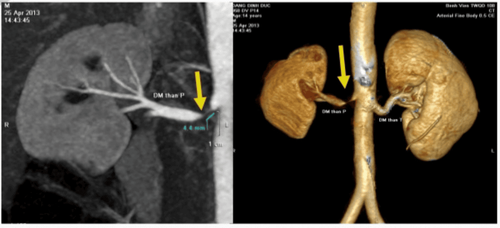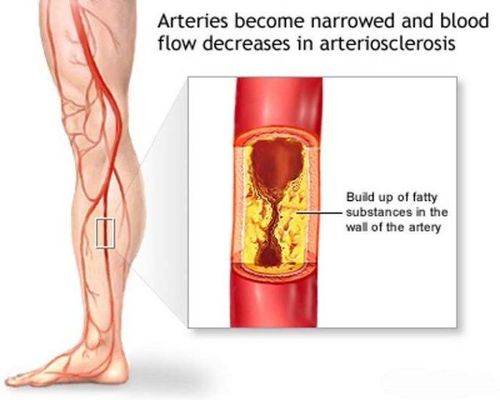This is an automatically translated article.
The article was professionally consulted with Specialist Doctor II Nguyen Quoc Viet - Department of Medical Examination & Internal Medicine - Vinmec Da Nang International General Hospital.Renal artery stenosis will progress gradually as the atherosclerotic plaque increases in size, reducing blood flow to the kidney and impairing kidney function. At this time, renal artery intervention by balloon angioplasty and percutaneous renal artery stenting is the preferred method of revascularization.
1. What is stenting for renal artery stenosis?
The renal arteries are the two main blood vessels that carry blood to the respective kidneys.Renal artery stenosis occurs when one or both renal arteries narrow, reducing blood flow to the kidneys.
Interventional renal artery stenting is a percutaneous procedure to inflate the balloon and place a stent to widen the narrowed lumen in the treatment of renal artery stenosis.
Under X-ray guidance, a small, flexible catheter is inserted into the narrowed artery from the femoral artery. When you get to the right place, the doctor will inflate a special balloon attached to the end of the tube to widen the narrowed part of the artery.
The increased lumen size is then maintained by a metal support, called a stent, that is permanently repositioned to the site of the intervention.
Finally, all tools are removed and the patient can return to normal activities the next day.
2. The benefits and risks of stenting to treat renal artery stenosis
The purpose of performing endovascular intervention in renal artery stenosis is to widen the renal artery lumen and increase renal perfusion instead of requiring surgery. This indication is placed on patients with renal artery stenosis but cannot be saved with conservative medical measures.Like any other procedure or surgery, the doctor will discuss the possible risks of renal vascular intervention with renal artery angioplasty and stenting. At the same time, the doctor will also advise the patient and family, comparing the benefits received against any possible risks. Accordingly, the risks of renal artery intervention may include:
Very small possibility of developing cancer in the long term due to radiation exposure. The amount of radiation exposed depends on the number of pictures taken. However, women who are pregnant or of childbearing potential are contraindicated to X-rays.
Allergic reactions (usually mild and easily controlled with medication) to contrast media.
Instrumentation site infection Sometimes the procedure doesn't work or can make the renal artery stenosis worse or cause a complete blockage. At the same time, the procedure can also block other arteries. However, the possibility of death is very rare. Accordingly, to minimize the possibility of having the above risks, if you have any allergies, tell the staff or radiologist before injecting the contrast agent. You may also be at increased risk if you are taking certain medications, including anticoagulants (blood thinners) and anti-inflammatory drugs. However, if you are concerned about the risks of having a renal artery bypass surgery, talk to your doctor before deciding to have it done.
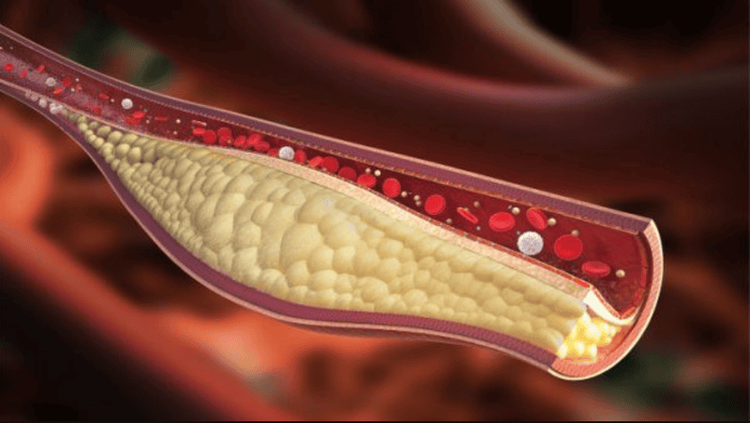
3. How to prepare when performing stenting to treat renal artery stenosis?
Patients will have to stay in the hospital overnight before renal artery bypass surgery, so they need to bring personal hygiene items. Wear loose, comfortable clothing. Leave all jewelry and valuables at home. Comply with the requirement not to eat for 4 hours prior to renal artery intervention. However, taking daily medication for chronic diseases is still allowed with a small sip of water. Right before the procedure, the patient will be given a gown to wear, removing any metal objects on the body. An intravenous line is also prepared for contrast injection. In cases where the patient is overly anxious and agitated, sedation may be indicated during the procedure.4. What is the process of stenting to treat renal artery stenosis?
The patient will be asked to lie on their back on a bed with an X-ray screen. The medical staff will clean the skin on your groin or arm and cover it with a sterile towel. Then, the site of the percutaneous intervention will be injected with a local anesthetic, which may feel a bit stinging.A special catheter is inserted into an artery in the groin or arm and passed into the renal artery. Contrast is also injected into the artery through this catheter. The position of the catheter is determined under the X-ray film to ensure that it is in the correct position to be accessed. Then, the catheter will continue to be inserted into the middle of the narrowed artery. At the same time, another tube is also inserted into it with a small ball attached to the top of the tube. The balloon will be inflated to widen the narrowed part of the renal artery.
A metal support, called a stent, continues to be inserted over the balloon. Once the stent is in place, the balloon will be inflated once more. The balloon tube is then deflated, withdrawn, and only the stent is left permanently at the site of the original renal artery stenosis. All instruments will be removed. The small opening in an artery in the groin or arm will be pressed with high pressure for about 15 minutes to stop bleeding.
Because renal artery bypass surgery requires the use of contrast media, the patient may experience the following side effects:
Feeling a little cool and flushed for a few seconds. Part of the body may feel warm. No pain may be felt but discomfort in the back may be felt when the balloon is inflated in the lumen of the renal artery. The entire renal artery angioplasty process takes from 1 to nearly 2 hours, including pre-procedure time.
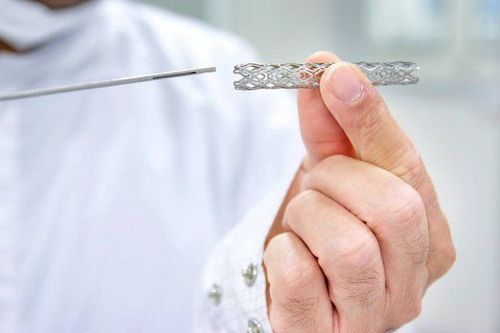
5. Care after stenting to treat renal artery stenosis
The patient will be taken back to his or her room on a stroller and will usually stay in the hospital overnight after the procedure. The nurse will check your pulse and blood pressure periodically along with checking your groin or arm in case of bleeding or hematoma.Regarding treatment, the patient may be given aspirin or other blood thinners to prevent blood clotting reactions, the formation of blood clots in the stent. At the same time, the patient should also be encouraged to drink a lot of water, helping to eliminate the contrast agent quickly in the urine.
In case of using sedation, the patient is not allowed to drive a vehicle or participate in public transport for the next 24 hours as well as operate machinery, perform tasks that require high concentration. .
6. The problem of restenosis after stenting to treat renal artery stenosis
The renal artery can be completely blocked again after a renal artery intervention is performed. If there is a blockage again, called restenosis in the stent, the endovascular procedure may need to be repeated. However, the implementation process and the possibility of success are somewhat more limited than the first time.Therefore, the intervention of renal artery stenting only helps to recirculate blood immediately but does not guarantee permanent maintenance, especially in subjects with many risk factors for cardiovascular disease due to fibrosis. mortar. Accordingly, in order to keep the renal arteries from becoming blocked again and to protect cardiovascular health in general, it is extremely important to take medications as prescribed by your doctor, exercise regularly, build a healthy diet and exercise regimen. Eat a healthy diet, control diabetes, stabilize blood pressure and absolutely avoid smoking.
In summary, renal artery stenosis is a disease that has a great impact on life, increasing the risk of high blood pressure and chronic kidney disease requiring kidney replacement. Endovascular intervention is a method of treating renal artery stenosis by angioplasty and stenting of the renal artery that can help recirculate the blood in the renal artery, help control blood pressure and slow the progression of renal failure in patients with renal failure. patients with drug-resistant or difficult-to-control renal artery stenosis and rapid decline in renal function.
Currently, Cardiovascular Center - Vinmec International General Hospital is one of the leading centers in the country for examination, diagnosis, screening and treatment of cardiovascular diseases. Vinmec not only has the convergence of a team of experienced and reputable leading experts in the field of surgical, internal medicine, interventional cardiac catheterization but also has a system of modern equipment, on par with the most prestigious hospitals in the world.
Please dial HOTLINE for more information or register for an appointment HERE. Download MyVinmec app to make appointments faster and to manage your bookings easily.





